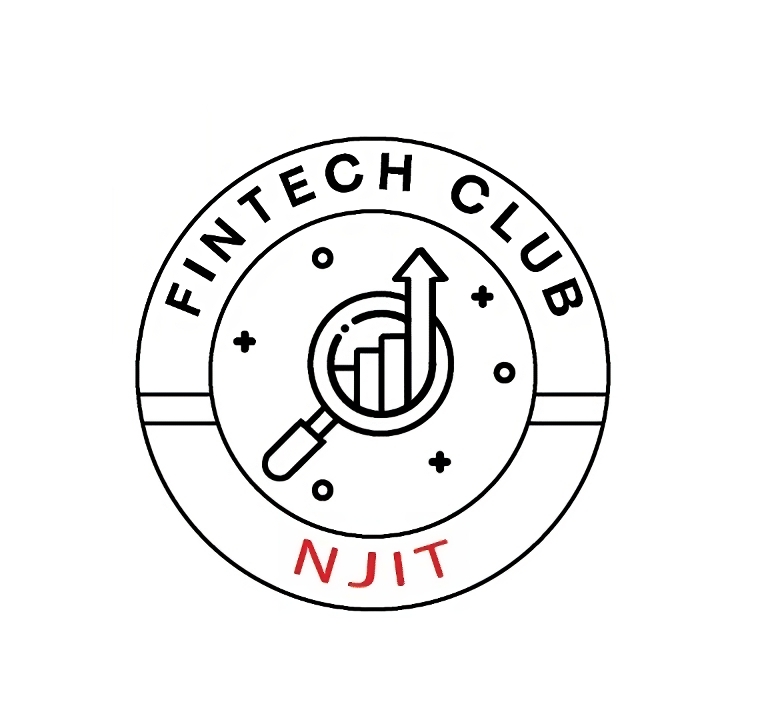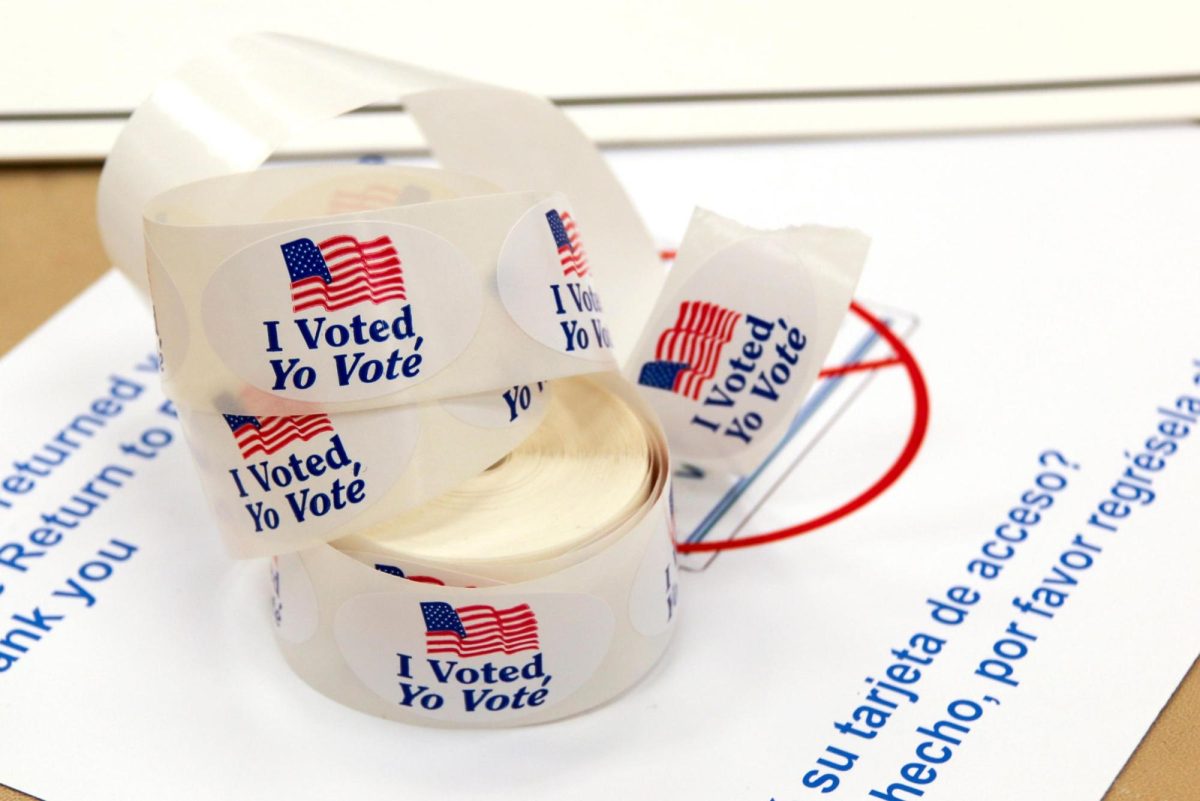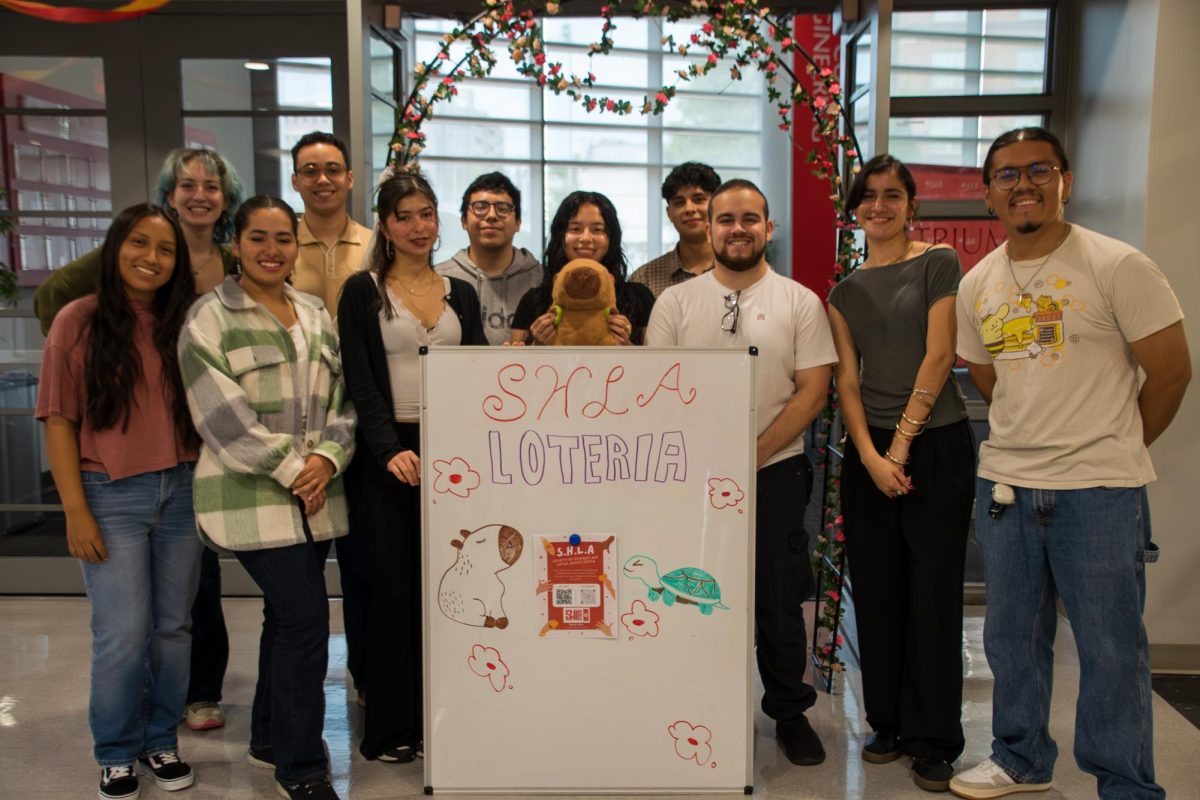Overrated – Katherine Ji
Whole Milk? Yeah, I have a whole jug of almond milk right here, what’s the problem? Wait, you mean… from a cow?!
Long should be the days in which meat eaters and vegans alike still delight in the stained, dirty process of extracting cow secretions. In all honesty, drinking cow’s milk has always been cringeworthy. Selecting cow’s milk in it of itself has always been arbitrary and just as cringeworthy as watching someone casually sucking from a dog’s teat, if not moreso, since cow’s milk is designed to help grow a baby calf into a 1500-lbs. mammoth in just a few years.
Just because cow’s milk has helped sustain human populations in the past does not make this the case nowadays. Contrary to popular belief, the countries that consume the most cow’s milk have the weakest bones and highest rates of bone fractures, partially because of poor absorption and retention of calcium derived from cow’s milk. Meanwhile, various hormones, IGF-1 and casein have been significantly linked with prostate and endometrial cancer, and significantly linked to obesity, diabetes (Type 1 and 2) and heart disease, all major causes of death in the United States. Fortified plant milks provide comparable alternatives to the benefits of drinking cow’s milk, without all the bad.
Let’s not even talk about the unethical process of extracting milk year after year until the cow reaches exhaustion, before eventually sending them off for slaughter. Meanwhile, plant milk farmers support a range of programs to increase pollinator populations, and do so at an environmental expense that pales in comparison to that of cow’s milk. For as much of a bad rap almond milk gets for its water consumption, cow’s milk requires twice as much, and 13 times as much as oat milk does. Cow’s milk also demands at least nine times as much land and three times as much carbon emissions as the next worst plant milk alternatives.
Milk alternatives and other foods like ice cream and cheese alternatives are improving every day. Rest assured, costs will also eventually fall when the demand for more alternatives finally pushes for more equally balanced subsidies for both plant and animal farmers, the same grossly imbalanced subsidies that lead to the dumping of 3.7 million gallons of cow’s milk a day at the start of the pandemic. Nowadays, when a magnificent range of wholesome, sustainable, ethical and healthier plant milks are available at virtually all grocery stores, there should be no excuse.
Underrated – Sabastian Fernandes
Almond. Oat. Soy. Rice. What do all of these substances have in common? No, they are not the elements in some weird “Avatar: The Last Airbender” alternate universe. Instead, they all have properties which lend themselves to delectable creaminess when suspended in water; yet, like many food items, they are not naturally found in this form. These carbohydrate cocktails are crafted as substitutes to simulate the one and only lactated goodness: cows’ milk. Now, this article is not meant to serve as a diss track to non-cow-milk drinkers, whom I believe can coexist peacefully in this society. However, today I come to you all to say this: it is important to remember our origins. In the face of adversity, cows’ milk has “udderly” fallen from its grandeur of days yore, and it is my job to remind you all of the history of the underrated nectar of our bovine comrades.
Archaeological evidence suggests that humans have been drinking cows’ milk for at least the past 10,000 years, and strong selective pressure in our evolutionary history has made it so that many people have developed the proper genes to be able to consume it. DNA coding for the production of the lactase enzyme has become a dominant gene in the human genome. It also continues to spread in parts of the world that have previously never had access to cattle milk such as parts of East Africa, providing scientists with the first recorded instance of convergent human evolution as recently as 3,000 years ago. There have actually been four isolated instances of this mutation across the globe, proving that drinking milk is a genetic inevitability.
Providing humans with copious amounts of nutrients such as protein, iodine, potassium, phosphorus and most famously, calcium, it is no wonder that the ability to digest milk has historically been synonymous with human longevity and the growth of global populations. In addition, recent studies have linked low-fat dairy to reduced risk of diabetes, and overall dairy consumption with decreased risk of hypertension. At any angle you look at it from, humanity seems fated to remain dependent on cows’ milk for the betterment of the species as a whole— whatever nuts and grains you choose to consume as a substitute simply pale in comparison.



























